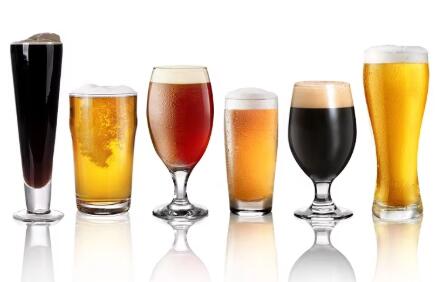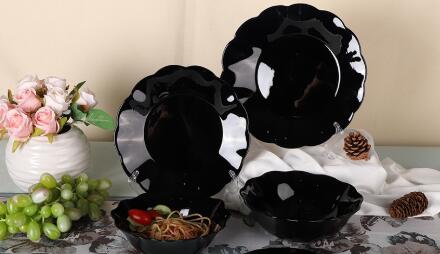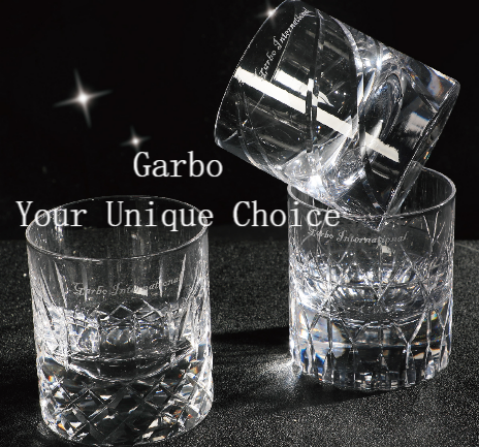Which kind of cup is the safest? Glass, stainless steel or plastic
Pulished on Oct. 11, 20191. Stainless steel cup
Stainless steel cups are alloy products. Improper use will release the heavy metal substances contained in them, which is harmful to health. In daily use, it is not a problem to use ordinary stainless steel to hold ordinary water, but do not pack acidic drinks. If juice, coffee, carbonated drinks, etc., it is easy to precipitate heavy metal substances, so it is not safe to use ordinary water.
When cleaning stainless steel cups, do not use strong oxidizing soda, bleach, etc. These substances are also susceptible to chemical reactions with stainless steel.
Stainless steel cup summary: There is not much problem with ordinary water, but don't pack acid drinks.
Health Index: ★★★☆☆
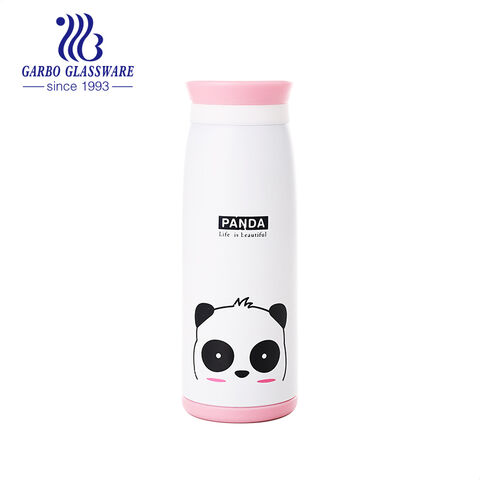
2. Ceramic cup
There are two types of ceramic cups.
The first type: the colorless glaze is painted, the inner wall is colorless:
Health Index: ★★★★☆
Ceramic cups painted without color glaze, especially the inner wall, are colorless and are the first choice for drinking water. Not only material safety, high-temperature resistance, but also relatively good insulation effect, drinking hot water or drinking tea is a good choice. Sourcing directly ceramic cup from quality ceramic manufacturers and suppliers.
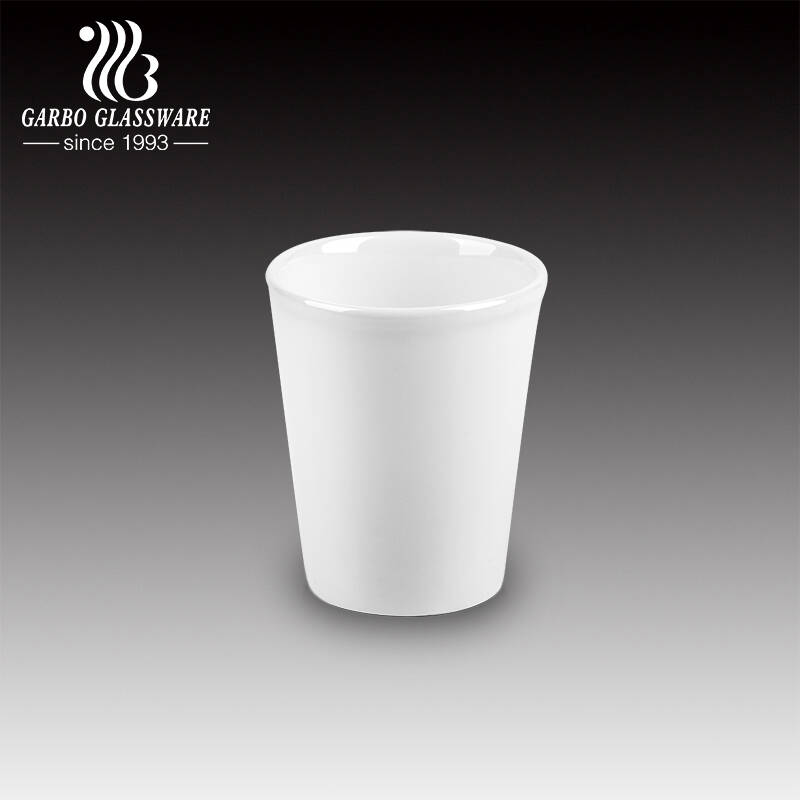
Second: colorful
Health Index: ★☆☆☆☆
Do you have beautiful colors and cute patterns on your cups? If so, change them quickly. The colorful patterns on the ceramic cups are actually a kind of pigment that may pose a safety hazard.
In particular, the inner wall is coated with glaze. When the cup is filled with boiling water or a beverage with high acidity and high alkalinity, the toxic heavy metal elements such as lead in these pigments are easily dissolved in the liquid. When people drink the liquid with chemical substances, they will The human body causes harm.
Ceramic cup summary: It is best to paint with no color glaze!
Health Index: ★★★★☆ / ★☆☆☆☆
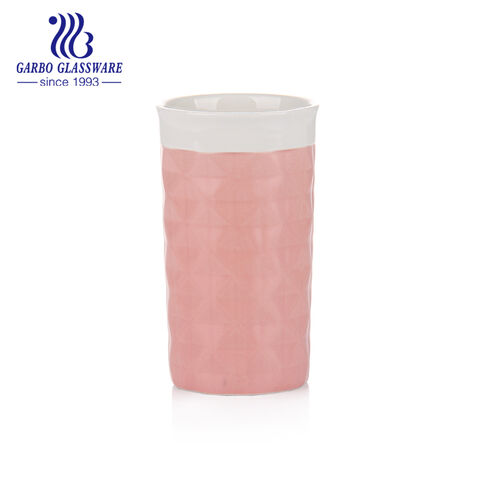
3. Glass cup
In all the cups of the material, the glass is the healthiest. The glass does not contain organic chemicals during the firing process. When people drink a glass or other beverages, don't worry about chemicals being drunk. Moreover, the glass surface is smooth and easy to clean. Bacteria and dirt are not easy to be born on the cup wall, so it is the healthiest and safest to drink with a glass. You can view tens of thousands of glass products for glass cup wholesale.
Glass summary: Drinking water is the safest!
Health Index: ★★★★★
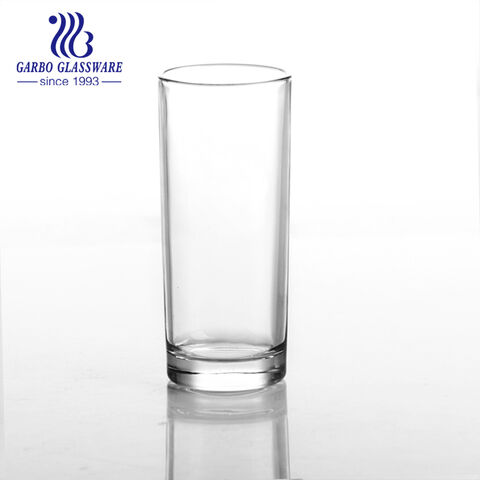
The safest and popular colored glass cup
4. Plastic cup
Plastic cups are also an unwelcome one. Because plastics are often added with plasticizers, which contain toxic chemicals, toxic chemicals can be easily diluted into the water when hot water or boiling water is used in plastic cups.
And the internal microstructure of the plastic has a lot of pores, which are easy to hide the dirt, and it is easy to produce bacteria when it is not cleaned. Therefore, when purchasing plastic cups, be sure to choose a cup made of food-grade plastic that meets national standards.
Plastic cup summary: hot water is easy to precipitate toxic substances
Health index: ★ ★ ☆ ☆ ☆
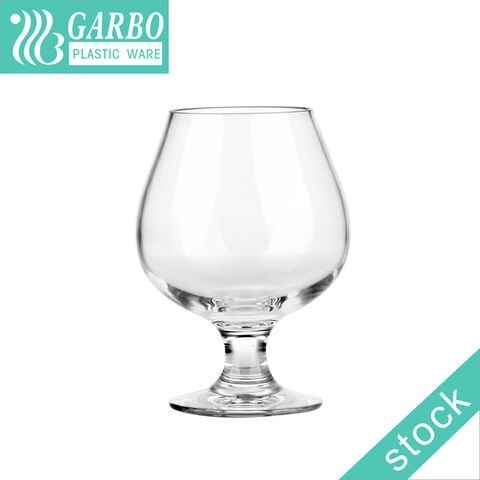
P.S. Buy plastic cups to look at the bottom number
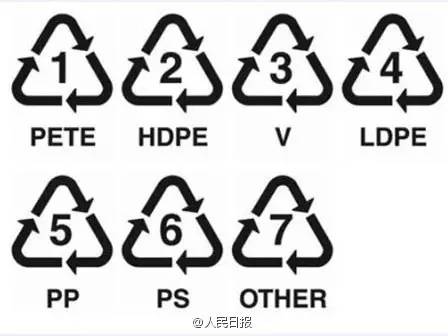
Not all plastic cups are suitable for the water cup. When buying, be sure to check if there is a QS mark. At the same time, there is a small triangle symbol at the bottom of the cup. This is their ID card.
No. 1 PET: heat resistant to 65 ° C, cold to -20 ° C.
HDPE No. 2: It is not recommended to recycle.
PVC No. 3: It is best not to buy.
No. 4 LDPE: heat resistance is not strong.
No. 5 PP: microwave lunch box, crisper, high temperature resistant 120 °C.
PS No. 6: It is heat-resistant and cold-resistant, but it cannot be placed in a microwave oven.
Other PCs No. 7: kettles, cups, bottles.
5. Enamel cup
The enamel cup is made by high-temperature enthalpy after thousands of degrees Celsius. It is free of lead and other harmful substances and can be used with confidence.
Although the metal material contained in the enamel cup is relatively stable, it may be eluted in an acidic environment. Therefore, it is best not to use enamel cups for a long time to hold acidic drinks such as orange juice, otherwise ordinary water will also contain metal substances. In addition, the surface of the enamel cup is easily damaged after being bumped, and harmful substances are precipitated, which should be eliminated decisively.
Summary of enamel cups: safer, but don't hold acid drinks for a long time
Health Index: ★★★★☆
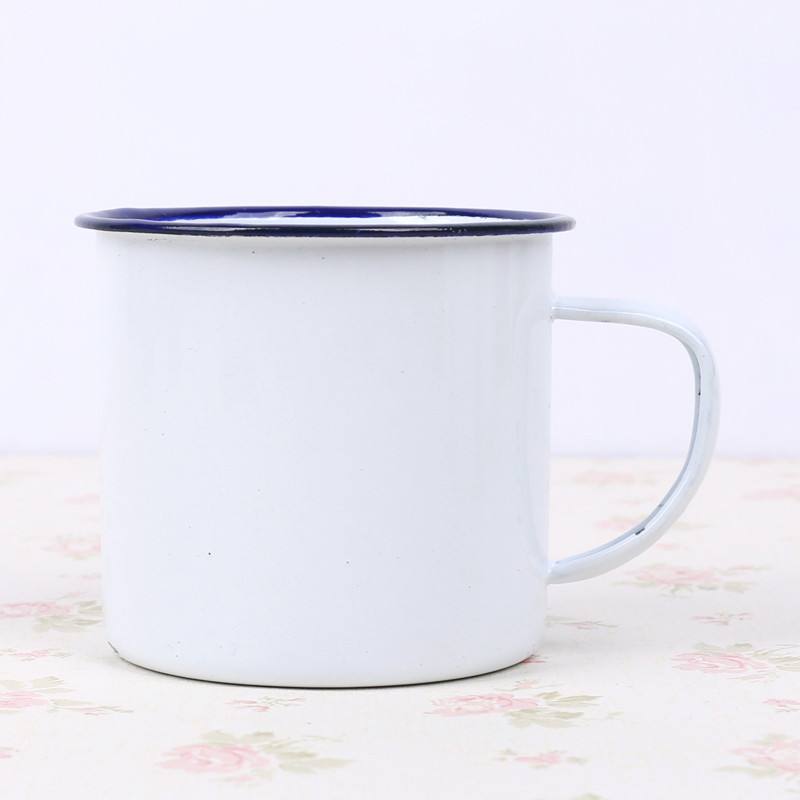
6. Disposable paper cups
Disposable paper cups only seem to be hygienic and convenient. In fact, the product qualification rate cannot be judged, whether it is clean and hygienic, and it cannot be recognized by the naked eye.
Some paper cup manufacturers add a large amount of fluorescent whitening agents to make the cup look whiter. It is this kind of fluorescent substance that can cause the cells to mutate and become a potential carcinogenic factor once they enter the human body. And from an environmental point of view, you should still use disposable cups as little as possible.
Summary of disposable cups: more health risks, and not environmentally friendly
Health Index: ☆☆☆☆☆
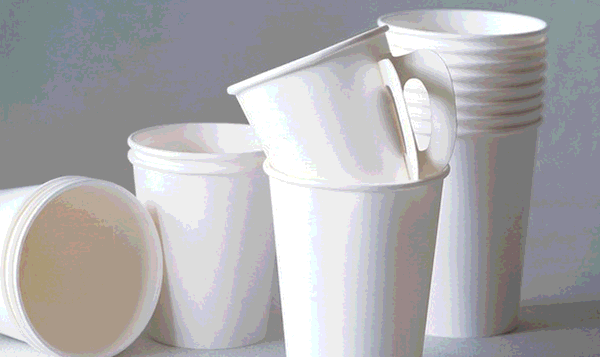
Final summary
1. The safest thing is:
glass
Colorless glazed ceramic cup
2. The least safe:
Disposable paper cup
plastic cup
Colorful ceramic cup
3. Be careful:
Do not use stainless steel cups, enamel cups, coffee, orange juice, and other acidic drinks.







